Not all of the storms whose names we remember so well were Cape Verde Hurricanes. For instance, Katrina spun up over the Bahamas. She was what we refer to as a 'home grown' storm.
Hurricane Ike's Track:

However, quite a few of the storm names that have gone down in history started out in life as a chunk of disturbed weather over the Saharan Desert, and emerged off the coast to become a tropical wave, and eventually a hurricane, and maybe even a major one.
These are some of the history making Cape Verde storms that you may recognize, with their categories in parenthesis:
The Great Galveston Hurricane (4) - 1900. Believed to have been a Cape Verde storm, based on reports from ships at sea. It was the deadliest natural disaster ever in the United States, with estimates of 6,000 to 8,000 deaths. No one ever knew the real count for sure. Galveston Island was devastated.
Hugo (5) - 1989. Came ashore as a Cat 4 at Charleston, S.C.
Andrew (5) - 1995 . Virtually leveled most of the buildings in Homestead, FL.
Ivan (5) - 2004. Numerous landfalls. 123 lives lost in the Caribbean and the US.
Frances (4) - 2004. Affected every island in the Bahamas, much Florida, and points north all the way into Ontario
Emily (5) - 2005. Holds the record for the earliest Cat 5 ever. (Jul 16)
Ike (4) - 2008. Another that wreaked utter havoc on Galveston island. 195 were killed in the Dominican Republic Haiti, Cuba, and the United States. Another 34 were never accounted for. In terms of property damage, Ike was history's third costliest Atlantic Hurricane.
Hurricane Julia's Track:

Others developed sufficiently to be classified as hurricanes, but never made it across the wide expanse of water, and dissipated at sea. There are many storms that fit this definition. Most of them didn't even make an impression on very many people at the time, much less the history books.
Here are three random examples from recent years:
Cindy (4) - 1999
Danielle (2) - 2004
Julia (4) - 2010
. . . and others



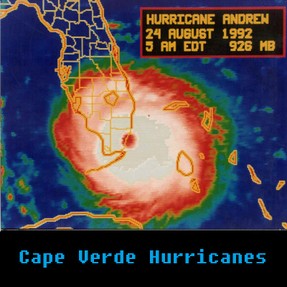






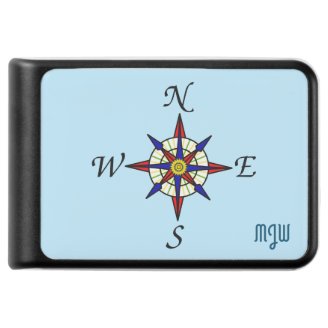








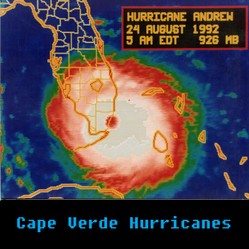

 Gold Heart Locketson 12/30/2015
Gold Heart Locketson 12/30/2015
 Ships and Boats on Electrical Wall Plateson 11/12/2015
Ships and Boats on Electrical Wall Plateson 11/12/2015
 Nautical Jigsaw Puzzles: Ships and the Seaon 11/04/2015
Nautical Jigsaw Puzzles: Ships and the Seaon 11/04/2015
 Tropical Flower Christmas Ornamentson 11/03/2015
Tropical Flower Christmas Ornamentson 11/03/2015

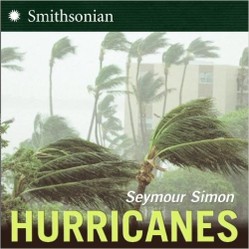
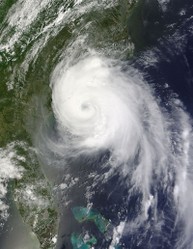
Are you wary of Cape Verde Hurricanes?
CruiseReady, It is scary to consider Cape Verde hurricanes traversing the Atlantic and the Caribbean to Texas. Were you in the path of any of the storms?
Having been around these systems for long enough to know what they can do, we take evacuation orders seriously. Sounds like you know to do so too.
I personally experiences Betsy, Camille, and had evacuated for Andrew and Katrina. My first hurricane was in 1947, an unnamed system.
To be fair, frankbeswick, you aren't alone. Even here, where we could take a hit in any given season, there are large numbers of people who have very little knowledge about tropical systems in general.
Yes, I love the sea, and everything that goes on it, and lives in it. That includes maritime history, which your country played such an enormous role in shaping!
Interesting information. Over here in the UK we hear of the hurricanes, but we don't have any mention of a Cape Verde source for them. I was also unaware of the significance of wind shear, so that is something learned from this article.
I must say that having someone who can write about the sea is a great addition to Wizzley. I love the sea [I'm a Brit, can you expect me to be otherwise?] but I haven't the kind of knowledge of it that you have.
It's always a good day when someone learns something!
I live land bound in Colorado so snow and floods do affect me here, but not hurricanes. Interesting article I did learn a lot. Thanks